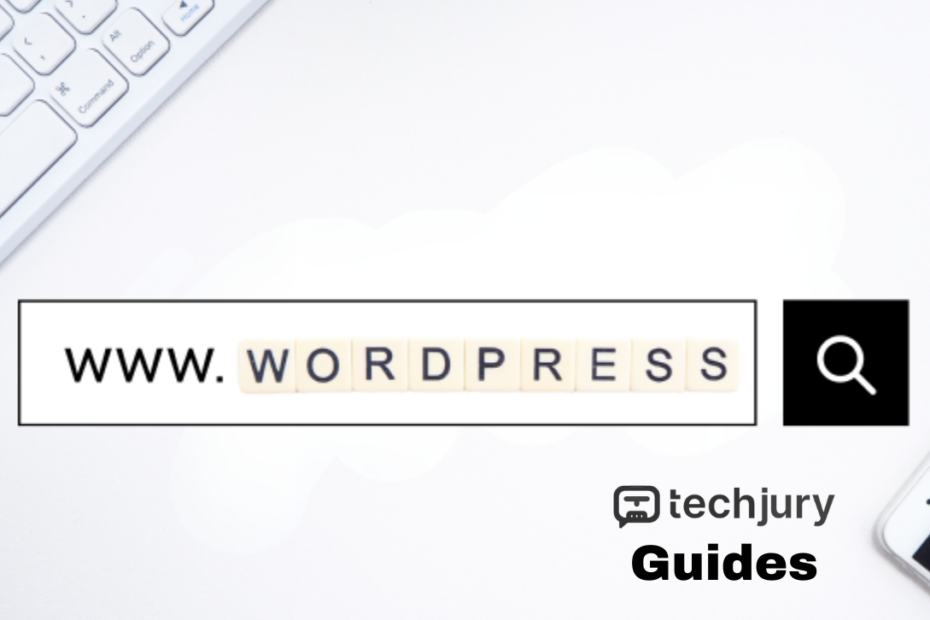Understanding the Critical Need for WordPress Login Protection
In today‘s digital landscape, your WordPress website represents more than just an online presence—it‘s a critical business asset vulnerable to sophisticated cyber threats. Every moment your login page remains exposed using default configurations, you‘re essentially leaving your digital front door wide open for potential attackers.
Recent cybersecurity research reveals a startling reality: approximately 4.7 million WordPress sites experience security breaches annually, translating to nearly 13,000 compromised websites daily. These aren‘t just abstract statistics—they represent real businesses, entrepreneurs, and creators whose digital dreams can be shattered by a single unauthorized login attempt.
The Anatomy of WordPress Login Vulnerabilities
WordPress‘s popularity makes it an attractive target for cybercriminals. The platform‘s default login URL (/wp-admin or /wp-login.php) is universally known, creating a standardized entry point for malicious actors. Hackers utilize automated scripts performing "brute force" attacks, systematically attempting thousands of password combinations within minutes.
Method 1: Securing Your WordPress Login Using Plugins
The Power of Strategic Plugin Selection
When it comes to WordPress security, plugins offer a user-friendly approach to implementing advanced protection mechanisms. Among the most reliable solutions, SeedProd emerges as a comprehensive tool for customizing login experiences while enhancing security.
Implementation Steps:
Plugin Installation Process
Navigate to your WordPress dashboard and access the plugin repository. Search for "SeedProd" and initiate the installation. The premium version provides advanced login page customization features that go beyond basic security configurations.Custom Login Page Configuration
After activation, explore the landing page templates specifically designed for login screens. These pre-configured templates allow you to create a unique, branded login experience that differs significantly from standard WordPress interfaces.URL Customization
During setup, you‘ll have the opportunity to define a custom login URL. Choose something memorable yet non-intuitive—avoiding obvious terms like "login" or "admin" that might attract potential attackers.
Plugin Advantages
- Minimal technical expertise required
- Rapid implementation
- Professional design options
- Built-in security features
Method 2: Manual WordPress Login URL Modification
For technically confident users comfortable with file management, manual configuration offers granular control over login security.
Preparation and Backup
Before attempting manual modifications, create a complete website backup. This precautionary step ensures you can restore your site if any configuration changes produce unexpected results. Most hosting providers offer one-click backup solutions that capture your entire WordPress installation.
Technical Configuration Steps:
- Access your hosting file manager
- Locate the wp-login.php file
- Download a local copy for reference
- Open the file in a text editor
- Replace all instances of ‘wp-login‘ with a custom identifier
- Save and upload the modified file
Code Implementation Example
add_filter( ‘login_url‘, ‘custom_login_url‘, PHP_INT_MAX );
function custom_login_url( $login_url ) {
$login_url = site_url( ‘member_login.php‘, ‘login‘ );
return $login_url;
}Method 3: Leveraging .htaccess for Login URL Protection
The .htaccess file represents a powerful configuration mechanism for advanced WordPress security implementations. This method requires careful execution but provides robust protection against unauthorized access attempts.
Configuration Process
- Download your existing .htaccess file
- Create a backup copy
- Add custom rewrite rules to modify login URL behavior
- Upload the modified configuration
Sample .htaccess Modification
RewriteEngine On
RewriteRule ^secure-login$ wp-login.php [L]Advanced Security Considerations
Beyond URL Modification: Comprehensive Protection
Changing your login URL represents just one component of a holistic security strategy. Consider implementing additional safeguards:
- Two-factor authentication
- Limited login attempt restrictions
- Regular security audits
- Strong, unique password policies
Monitoring and Maintenance
Implement robust logging mechanisms to track login attempts and potential security incidents. Many security plugins offer comprehensive monitoring dashboards that provide real-time insights into your website‘s security status.
Conclusion: Your Security, Your Responsibility
Protecting your WordPress website isn‘t about implementing a single solution but developing a proactive, multi-layered security approach. By customizing your login URL and adopting strategic protection mechanisms, you significantly reduce the risk of unauthorized access.
Remember, cybersecurity is an ongoing journey, not a destination. Stay informed, remain vigilant, and continuously adapt your strategies to emerging threats.
Key Takeaways
- Default login URLs create unnecessary vulnerabilities
- Multiple techniques exist for enhancing WordPress security
- Professional tools and manual configurations offer flexible protection options
- Continuous learning and adaptation are crucial in cybersecurity
Stay secure, stay protected.
